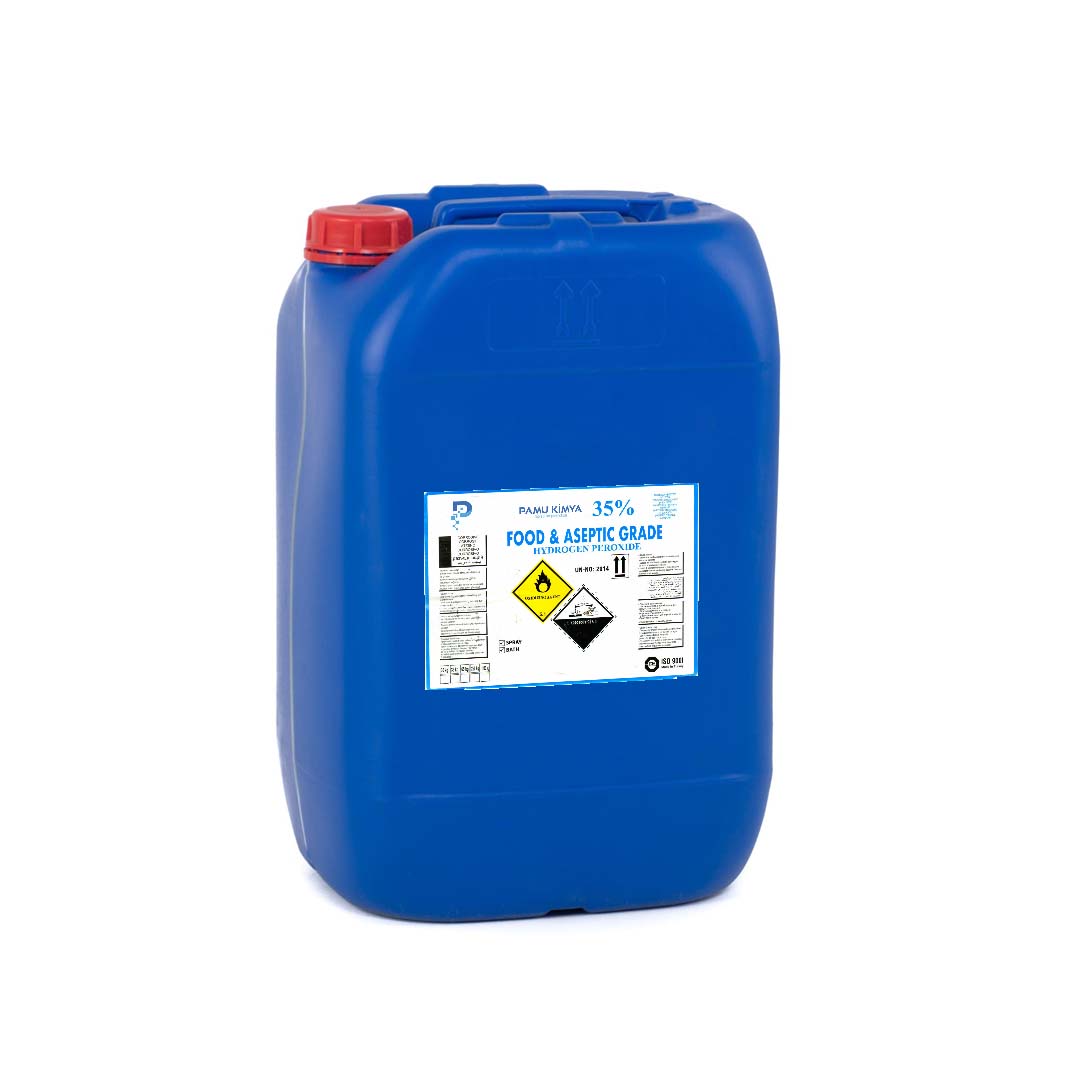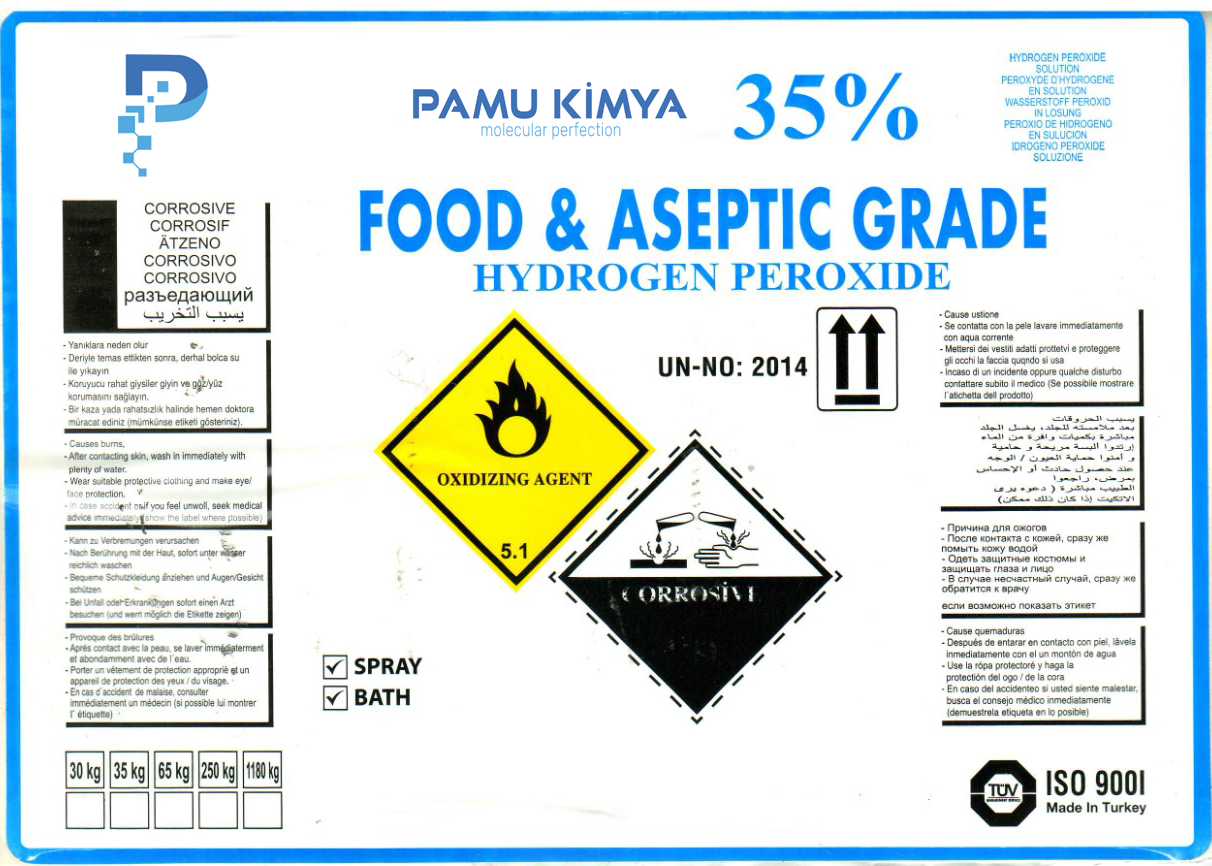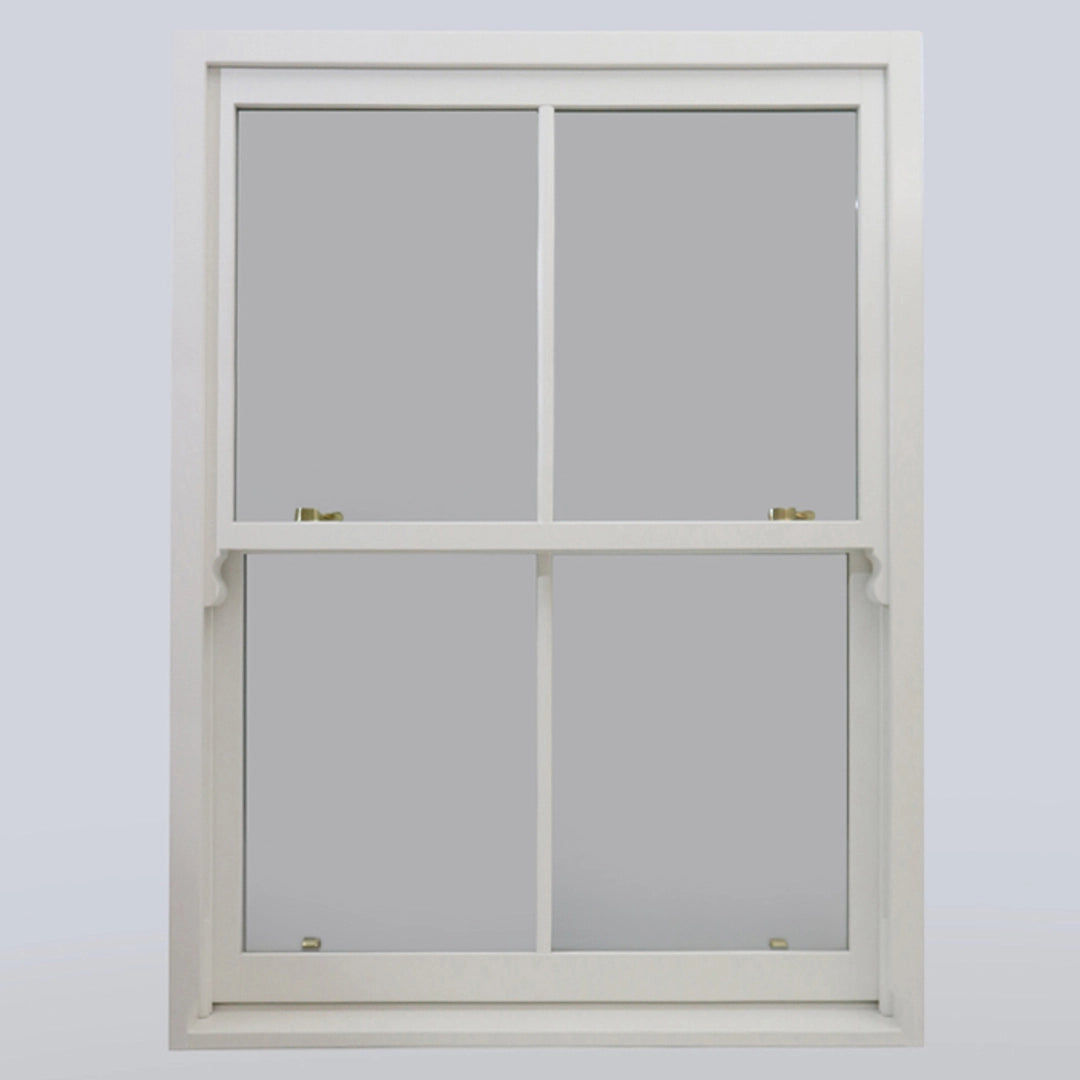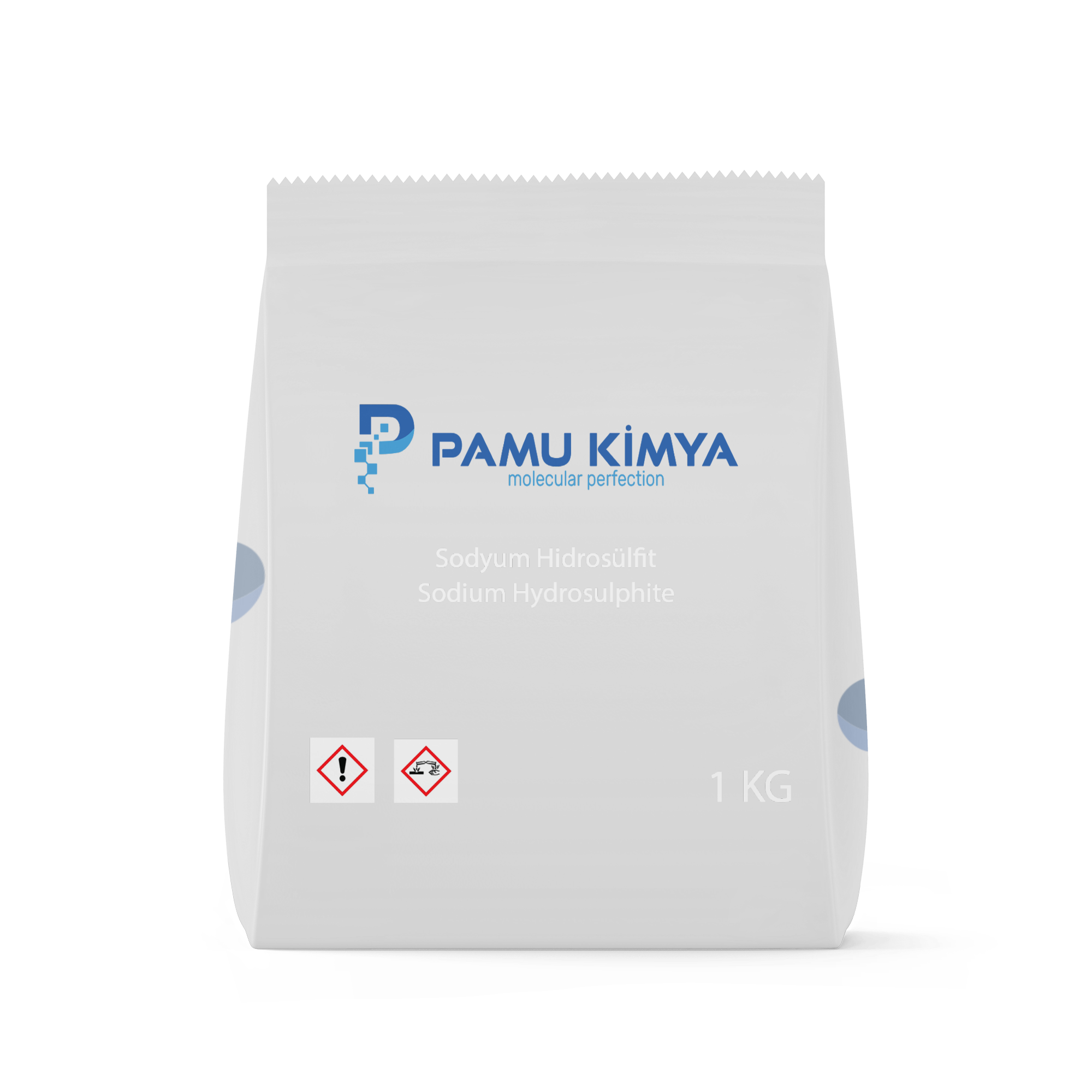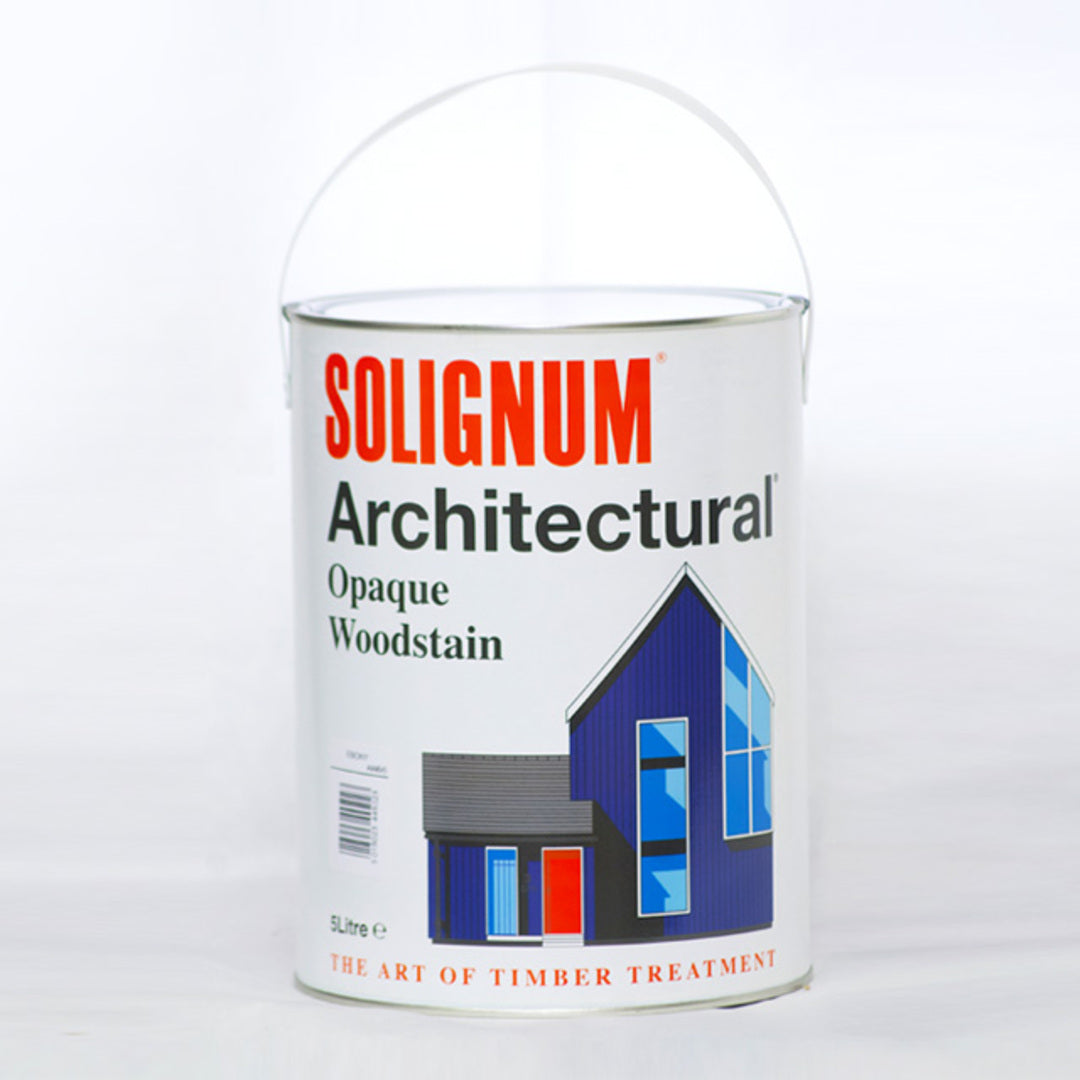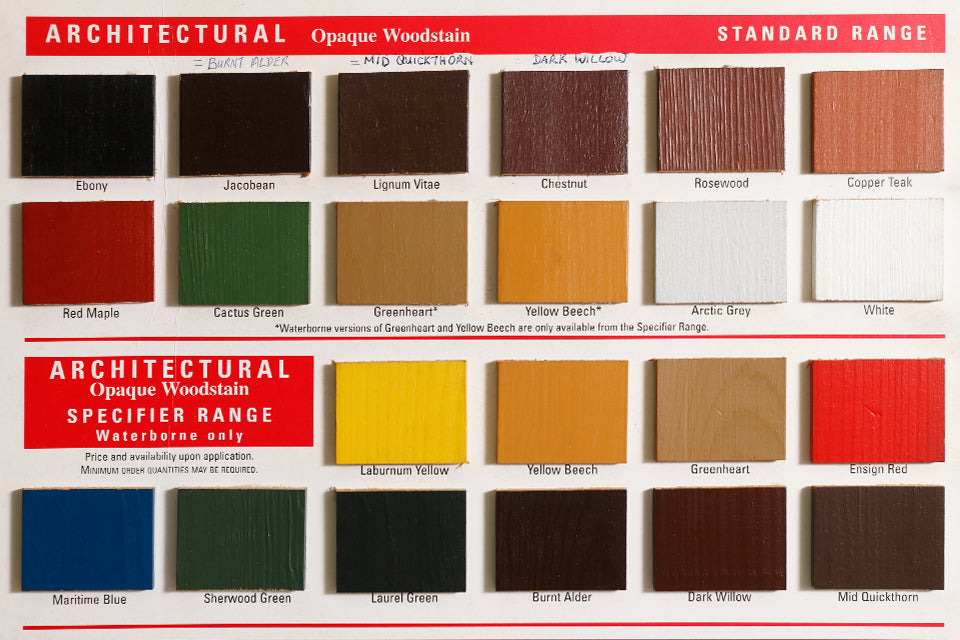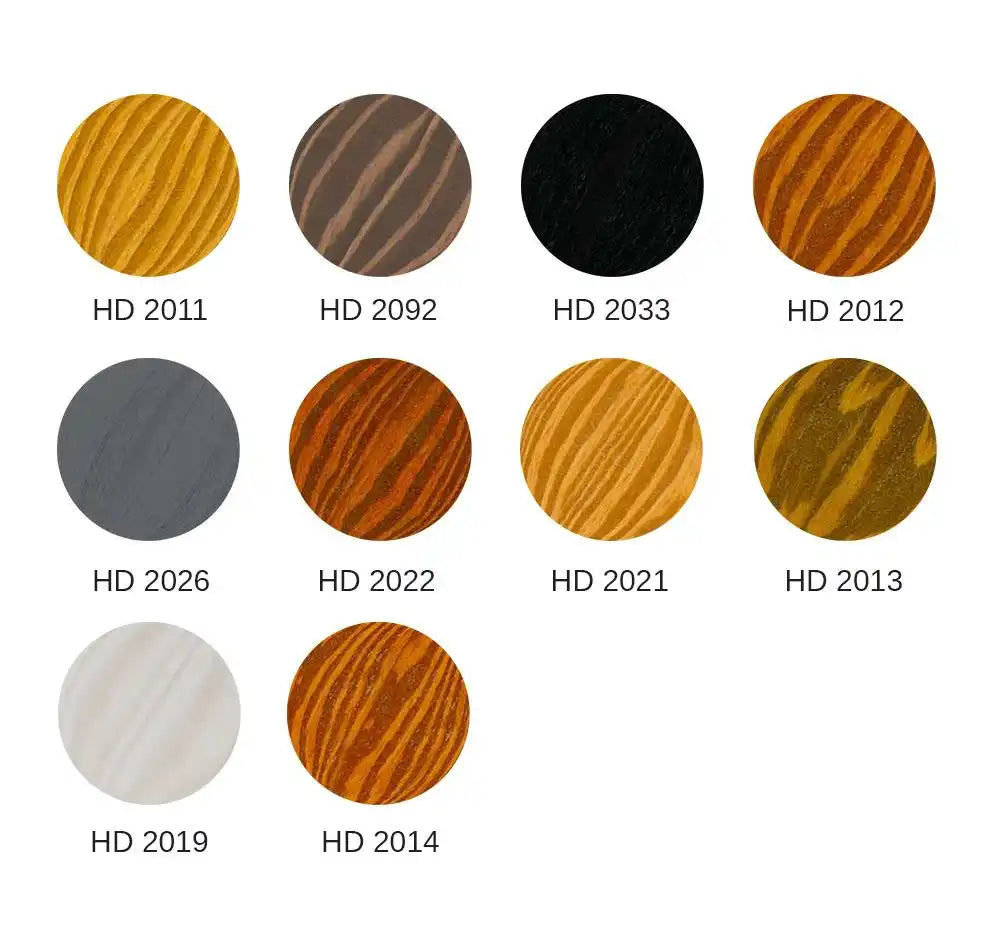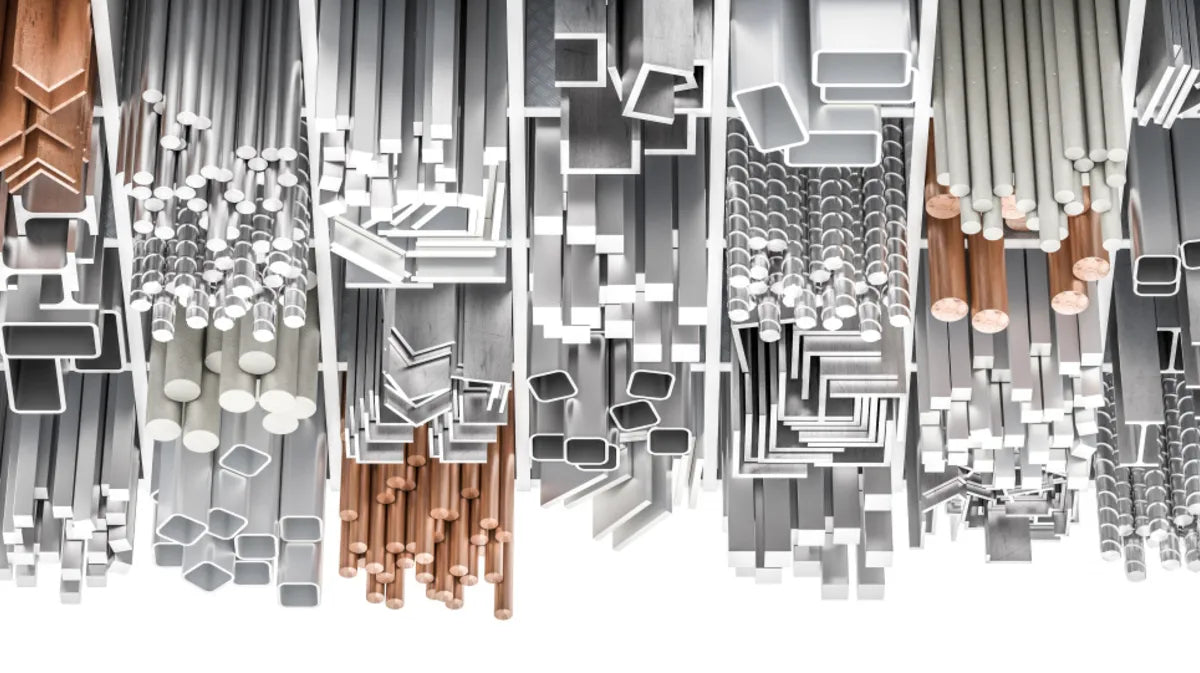
Aluminum
Aluminum is a metal with the symbol Al and atomic number 13. Located in Group III-A of the periodic table, this element is one of the most abundant metals on earth. A silvery-white and lightweight metal, aluminum is a versatile material and is widely used in industrial and commercial applications.
Chemical and Physical Properties of Aluminum
Aluminum has remarkable properties, both chemically and physically. These properties make it stand out in many areas.
Physical Properties
-
Density: 2.7 g/cm³
-
Melting Point: 660.3 °C
-
Thermal and Electrical Conductivity: Aluminum is a good conductor of electricity and heat.
-
Strength: Despite its lightness, it is a very durable metal.
Chemical Properties
-
Oxidation Resistance: The surface of aluminum becomes resistant to rust by being covered with a thin oxide layer.
-
Reactivity: Aluminium reacts readily with halogens and acids.
Occurrence of Aluminum in Nature
Aluminum is the most abundant metal element in the earth's crust, making up about 8% of the total earth's crust. However, it is not found free in nature, but usually in the structure of minerals such as bauxite (Al2O3•H2O).
Bauxite and Aluminum Production
Bauxite is the basic raw material for aluminium production. Pure aluminium is obtained from bauxite using the Bayer process and the Hall-Héroult method.
Industrial and Commercial Uses of Aluminum
1. Aerospace Industry
Aluminum's light weight and high strength make it a preferred material in the aviation and space industry. Aircraft fuselages, satellite structures and space shuttle components are made from aluminum.
2. Automotive Industry
Aluminum is widely used in the automotive industry to increase fuel efficiency and reduce carbon emissions. Aluminum, used in vehicle engine blocks, chassis and rims, improves performance by reducing the weight of the vehicle.
3. Building and Construction Sector
Aluminum is widely used in the construction industry due to its lightness and durability. It is preferred in structural components such as windows, door frames, facade cladding and bridges.
4. Packaging Industry
Aluminum is used in food and beverage packaging, especially in the production of beverage cans and foil. It is preferred in the packaging sector due to its lightness, resistance to rust and recyclability.
5. Electrical and Electronics Industry
Aluminum is used in electrical wiring, circuit components, and specialized electronic devices due to its electrical conductivity and light weight.
6. Chemical Industry
Aluminum is used as a catalyst in the chemical industry and in the synthesis of various compounds. Aluminum salts are also preferred as coagulants in water treatment processes.
Recycling of Aluminum
Aluminium is a recyclable material, which is a great advantage in terms of environmental sustainability. The recycling process requires 95% less energy than primary aluminium production, significantly reducing the carbon footprint.
Advantages and Disadvantages of Aluminum
Advantages
-
Combination of lightness and strength
-
Corrosion resistance
-
High conductivity
-
Easy to recycle and energy efficient
Disadvantages
-
It is unstable in pure form because it is very reactive.
-
High energy demanding production process
Aluminum: A Lightweight, Durable and Versatile Metal
Aluminum is the 13th element on the periodic table. It is a silvery-white, light, and durable metal. It is the third most common element and the most abundant metal in the Earth's crust. Aluminum has several important properties:
Lightness: Aluminum is 33% lighter than iron and 75% lighter than steel. This feature allows it to be used in sectors where lightness and durability are important, such as aviation, aerospace and automotive.
Durability: Aluminum is coated with a naturally occurring oxide layer that protects it from corrosion and ensures longevity.
Machinability: Aluminum can be easily machined compared to other metals. It can be shaped by various methods such as casting, forging, extrusion and machining.
Conductivity: Aluminum is a good conductor of electricity and heat. This feature allows it to be used in areas such as electrical cables, electronic devices and heat exchangers.
Recyclability: Aluminum is an infinitely recyclable metal. Recycled aluminum requires 95% less energy than primary aluminum production.
Keywords
-
What is aluminum?
-
Areas of use of aluminum
-
Aluminum recycling
-
Aluminum production
"Aluminum is a lightweight and durable metal that has a wide range of applications from aerospace to the packaging industry. Learn more about aluminum's chemical properties, recycling benefits, and industrial uses."
Conclusion
Aluminum is a versatile and sustainable material that is indispensable for both industrial and individual use. While offering an environmentally friendly option thanks to its recyclability, it also stands out in various applications with its features such as lightness and durability.




